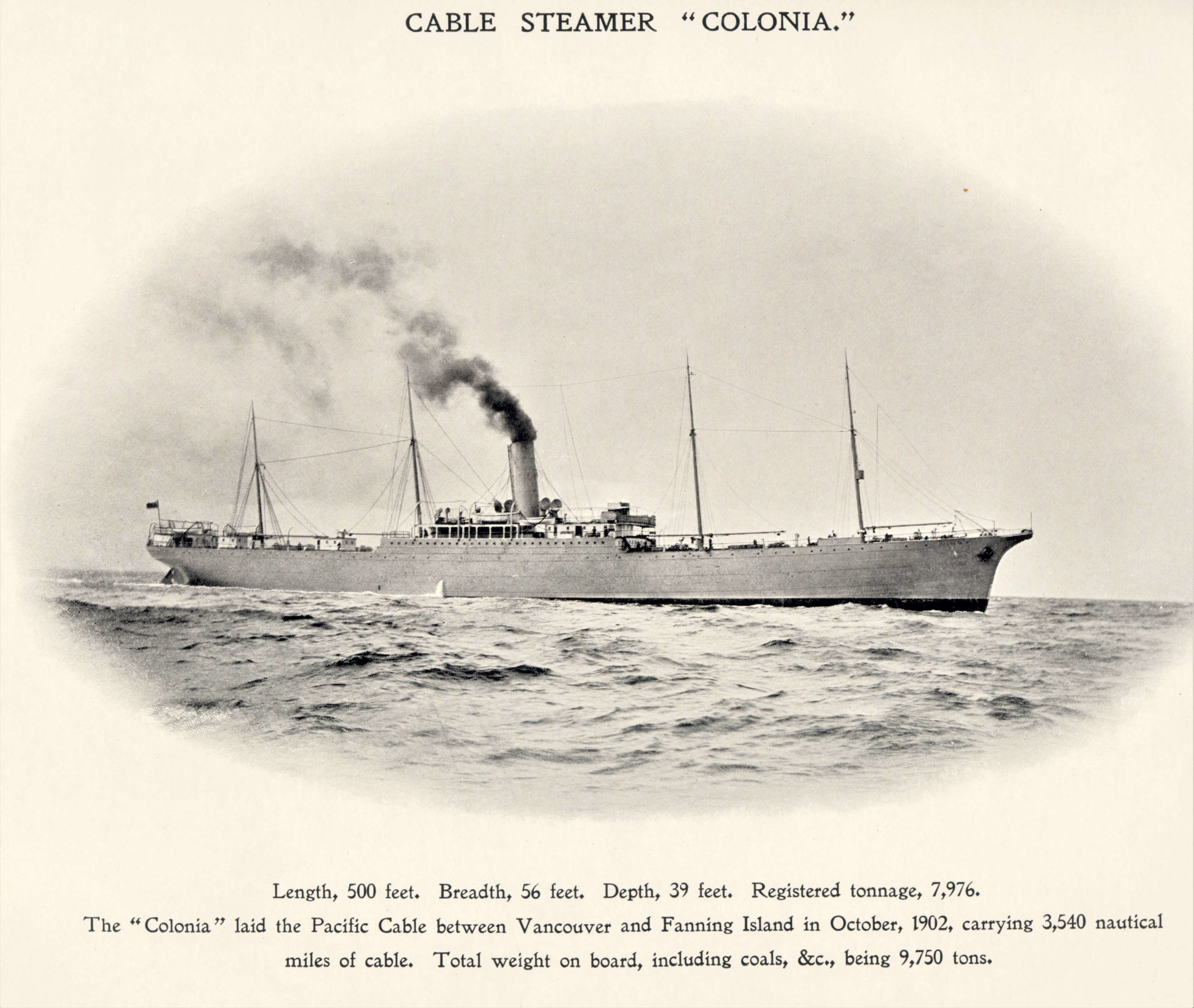Contact Us
Wednesday 10th August 2022 | Blog written by Matthew West, OiQ’s Route Planning Manager

OceanIQ maintains a near-complete database of in-service fibre optic cables around the world, but in addition to this we hold a similar level of information on out of service (OOS) fibre optic, coaxial and even telegraph cables. Although no longer relevant for crossing agreements or in engineering crossings, this data has several uses when designing new cable routes. Most importantly, OOS cables that lie across a new cable route will need to be cleared before installation or they create a major hazard to burial equipment through entanglement, potentially damaging it and significantly increasing project timelines and costs.
Related to the above, knowing where OOS cables are reported to be located on the seabed helps to identify linear features discovered during the marine survey. Without this knowledge similar signatures may be misidentified as unknown in-service cables or fishing gear, with different implications for the project.
At an early stage of the project, knowledge of the routes of OOS cables can be used in the development of new fibre optic cable routes, particularly in less-connected regions of the world. In this case the key information (confirmed via other sources) is often the existence of viable landing points, as well as the contributions of these cables to OceanIQ’s industry-leading database of over 6,000 cable faults. This data can be used in the prediction of the potential cause and frequency of faults to a new system, allowing appropriate precautions to be designed-in to reduce the fault rate.
Matthew is responsible for the production of Desk Top Studies, the commissioning and management of marine route surveys and the production and review of cable burial assessments. He has worked on projects including regional cable systems in Europe, Australasia, the Middle East and Asia as well as developments to trans-Atlantic cables.